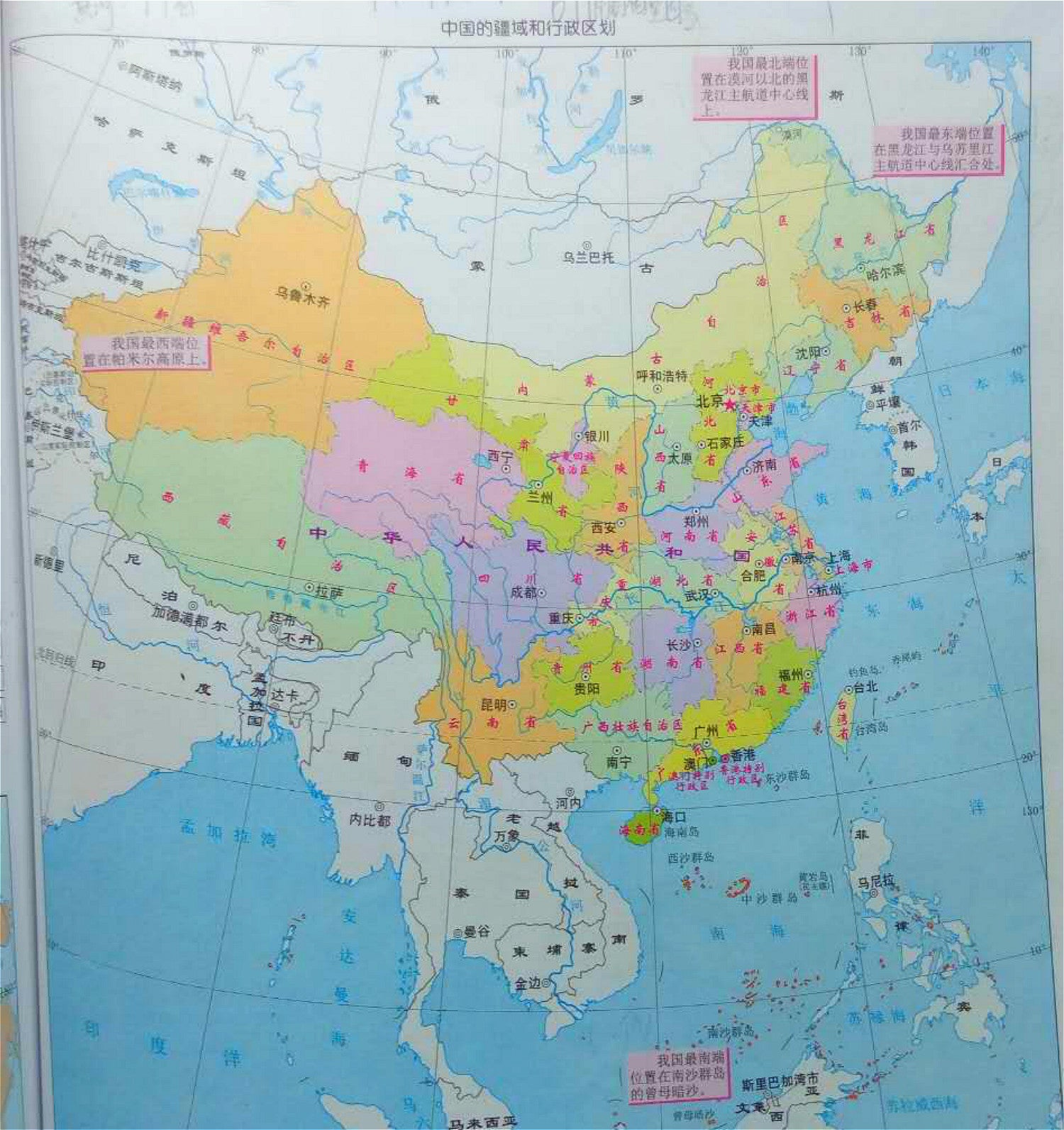China’s citizens are livid at the South China Sea ruling because they’ve always been taught it is theirs
Chinese citizens have reacted swiftly and angrily to a ruling this week that China’s claim to most of the South China Sea is illegal.


Chinese citizens have reacted swiftly and angrily to a ruling this week that China’s claim to most of the South China Sea is illegal.
Patriotic netizens have called for war against the Philippines, a boycott of the country’s products, and created a somewhat racist cartoon to mock Filipinos. They’re jumping the Great Firewall to spit vitriolic, expletive-laden insults on Twitter, and over 20,000 Chinese citizens have signed an open letter to protest against the court ruling.
Many can’t believe the Philippines brought a complaint to an international tribunal to begin with.
“Why were there any disputes?” Lin Hongguang, a 23-year-old university student now based in Australia, wondered to Quartz. “You don’t have to be taught that the South China Sea belongs to China—just like no one would ask whether northeastern region belongs to China.”
This disbelief and anger is rooted in the fact that Chinese citizens never learn in school that the sea is claimed, under international law, by other countries, or that China’s claims have been disputed for decades. Nationalistic education is common in many countries, but China has probably carried it to extremes—and censorship means there’s little conflicting information available for students.
China’s state-run education system makes a point of drilling into students’ heads the four extremities of China’s territory. Where is the southernmost point? It’s a shoal sitting 1,100 miles from the Chinese mainland and 50 miles from the Malaysian coast, according to official textbooks.
Here’s a map from a geography textbook from a high school in Zhongshan, Guangdong Province that’s representative of most textbooks:

Every Chinese student learns the name “James Shoal,” or Zengmu Ansha, a small bank in the South China Sea, lying 72 feet below water. China officially claims the shoal as the southernmost feature of its territory, although Malaysia also claims it, under the UN Convention on the Continental Shelf.
The pink box on the bottom of the map above reads “The southernmost point of our country’s territory is Zengmu Ansha in the Nansha [Spratly] Islands.”
Geography textbooks in China have been that way since the 1940s, Zheng Wang, Director of the Center for Peace and Conflict Studies at the US’s Seton Hall University, explains in The Diplomat. Generations of Chinese have done the same exercise in middle school: “The students use a ruler to measure the distance from the northernmost point of China (Mohe, near the Amur River, at the latitude of 53° 29′ north) to Zengmu Ansha (at the latitude of 4° 15′ north) and then feel very proud of their country’s vast territory.”
Not only do students learn about James Shoal, they’re tested on it often.
“Where is the southernmost point of China’s territory?” is an often-asked question in high school examinations, explains Guan Siqi, 23, who works for an environmental NGO in Beijing. “At first you would wonder what the heck James Shoal was,” Guan said. She said the nearness of other islands and countries to the nine-dash line made her wonder as a kid if China was being a bit of a bully, but it wasn’t until she read news about the territory the she learned it was actually disputed.
Shi Junyu, 22, a university student from Guangzhou, remembers being punished by his geography teacher when he failed to come up with the James Shoal’s name, by being forced to stand against the wall. “I hate geography class,” he added.
Other official textbooks have also played a part in asserting China’s South China Sea claims. “The Rich Xisha [Paracel] Islands,” an article in People’s Education Press’s Chinese textbook for 9-year-olds said that the islands, which are also claimed by Vietnam, are “our country’s coast defense outpost” with “beautiful scenery” and “rich natural resources.”
On the islands, “sea turtles are turned upside-down by fishermen, with their four legs in the air—there’s no way to escape,” the article said, describing how they’re caught. “The rich Xisha Islands are the place where we have lived generation to generation,” it concludes. “With the development of our motherland’s construction, the lovely Xisha Islands will definitely become more beautiful and richer.”
Roy Zhou, 25, from Guangzhou, remembers he was “fascinated by the beautiful pictures” in the article, as he learned that the South China Sea was unquestionably part of China’s territory.
After this week’s court ruling, young Chinese say their belief that China’s territory extends to James Shoal is firmer than ever. No matter how the South China Sea issue plays out, Lin, the student in Australia, said, “I will stand by China.”